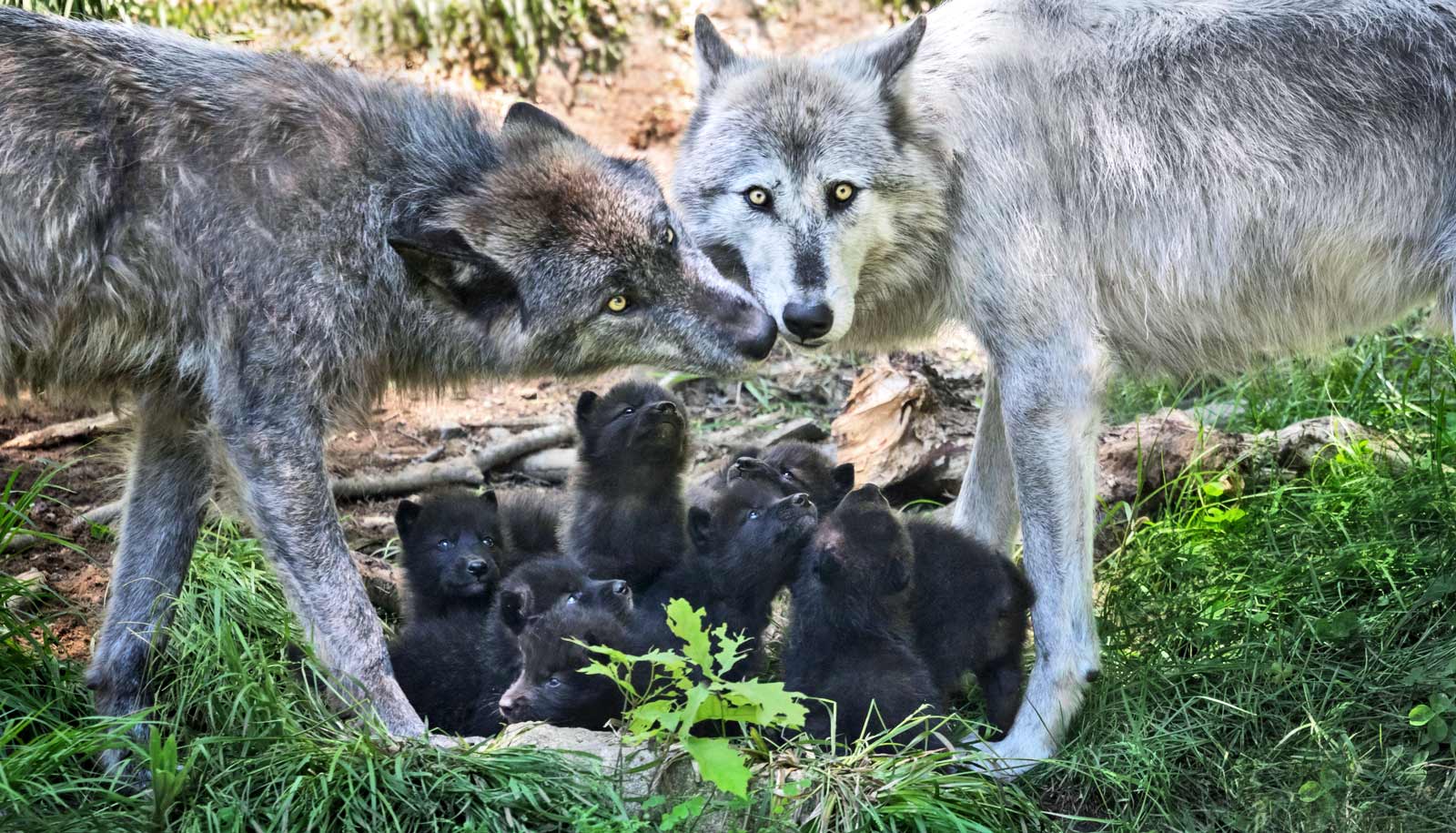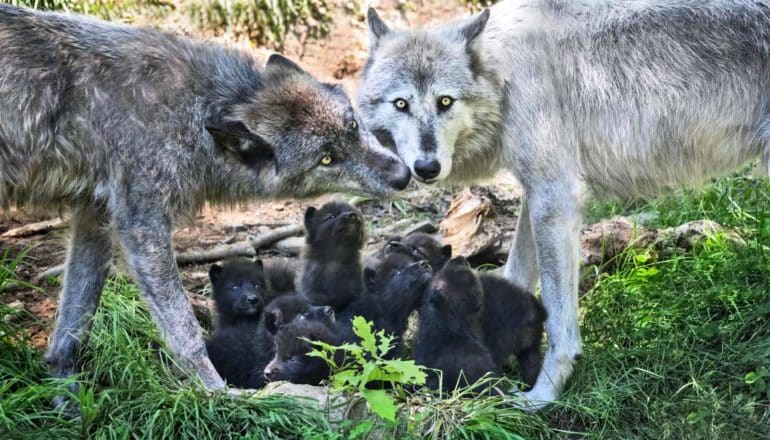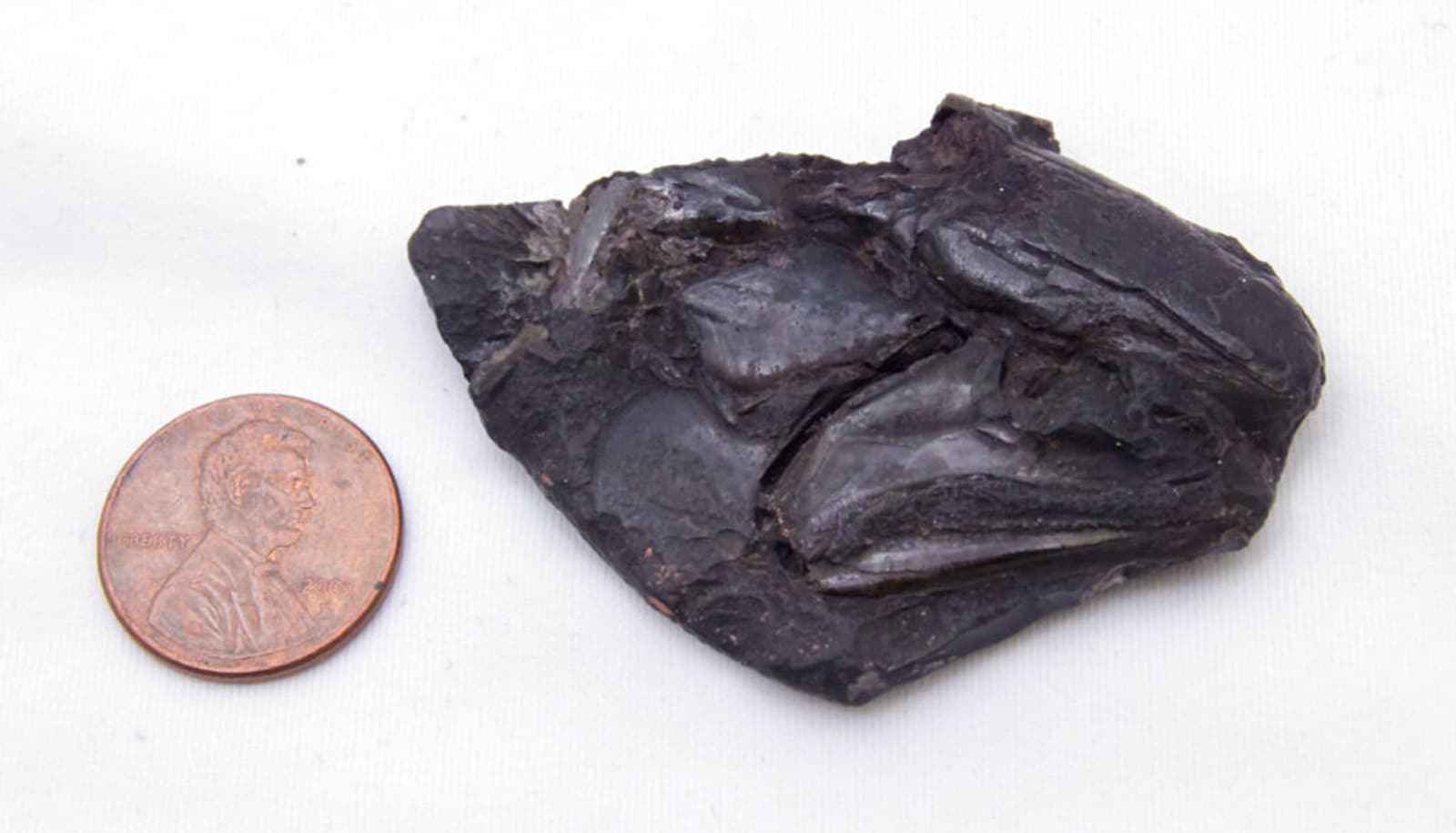
(Credit: Getty Images )
Dependable dads are key to big mammal brains
Fathers make it possible for mammal moms to raise particularly large-brained offspring, research finds. Other helpers just won't do.

Dependable fathers may account for the larger brains of some mammals, research finds.
Developing a large brain comes at a price: An infant expends around two-thirds of its energy alone on supplying nourishment to its brain. First milk and then other food makes this huge amount of energy available continuously. The females of many large-brained animal species cannot bear the energetic costs of rearing offspring on their own—they need help.
The assumption has been that it’s immaterial whether the father or other members of the group assist the mother in caring for offspring. However, evolutionary biologist Sandra Heldstab and her colleagues in the University of Zurich’s anthropology department have now demonstrated for the first time that it does matter.
Wolves, wild dogs, and meerkats
In the journal Behavioral Ecology and Sociobiology the researchers compare brain sizes and the extent and frequency of paternal and alloparental care in around 480 mammalian species.
“In the world of mammals, only help from fathers is dependable.”
“Fathers help consistently and dependably with the rearing of offspring, whereas assistance from other group members, such as elder siblings, for instance, is far less reliable,” Heldstab explains.
For example, in the case of wolves and African wild dogs—two mammal species with large brains—elder siblings often help out less, and they look out for themselves first when food is scarce. Sometimes they even steal the prey that parents bring for the infants. The father, in contrast, actually steps up his willingness to help his young offspring when environmental conditions worsen.
In the case of other species like meerkats and prairie voles, for instance, elder siblings often defect to a different group when they reach puberty and, unlike the father, are no longer available to help the mother. Moreover, the quality of the paternal help is usually superior to help provided by other group members, who are often young and inexperienced.
“A female cannot energetically afford offspring with large brains unless she can rely on help, and such dependable help only comes from the father,” Heldstab says.

What happens without devoted fathers?
If the assistance that the female receives for rearing her young is inconsistent, evolution takes an alternative path. In mammalian species that fit this bill—such as lions and red-ruffed lemurs for example—mothers do not give birth to few offspring with large brains, but to many with small brains.
If there is plenty of help in caring for the young, the entire litter survives. If the female receives little support, some of the young die. This is evolution’s way of making certain that at least some of the young survive even in the event of scant help and ensuring that the female doesn’t needlessly invest energy in an offspring with a large brain that will die in the absence of dependable helpers.
Humans are a unique case: Paternal assistance in child rearing is very reliable, but so is childcare help from other relatives and non-relatives. This circumstance enabled humans to develop the largest brain relative to body size in the animal kingdom. In addition, humans have a considerably shorter time span between births compared to that of our closest relatives, apes.
“In the world of mammals, only help from fathers is dependable. We humans, though, fortunately can also count on help from others,” says Heldstab.
Source: University of Zurich
The post Dependable dads are key to big mammal brains appeared first on Futurity.
Share this article:
This article uses material from the Futurity article, and is licenced under a CC BY-SA 4.0 International License. Images, videos and audio are available under their respective licenses.


